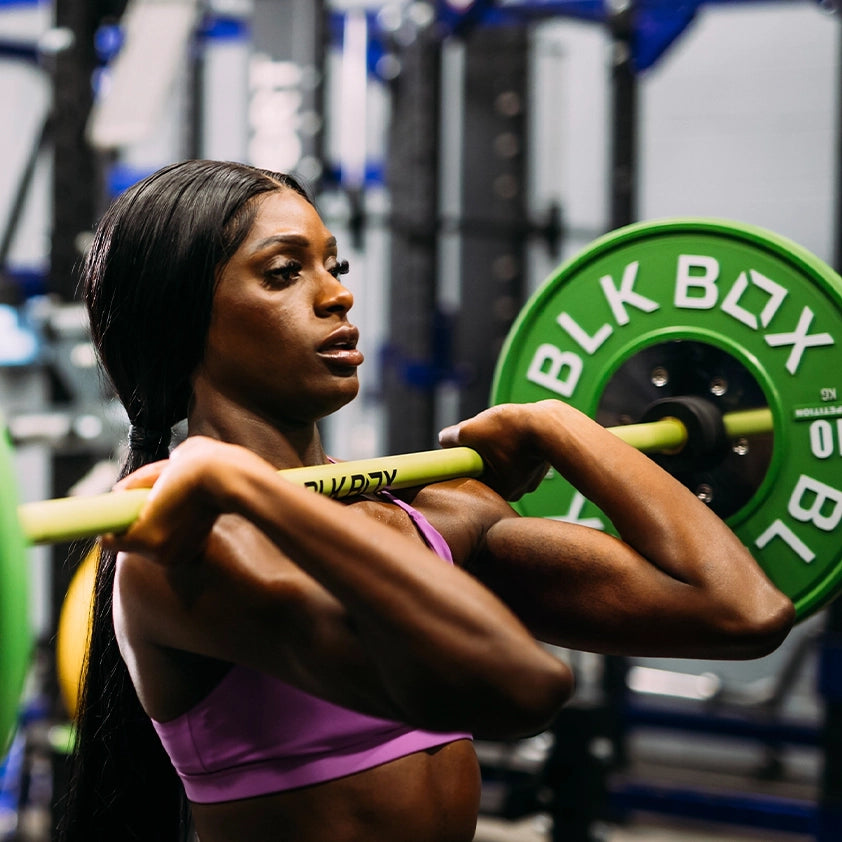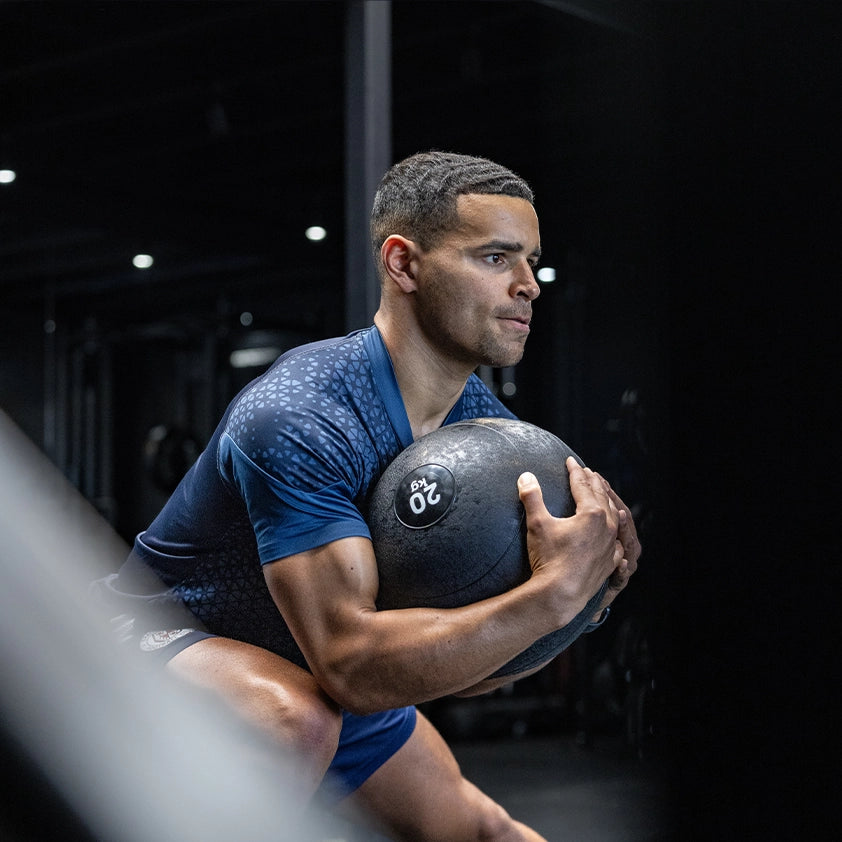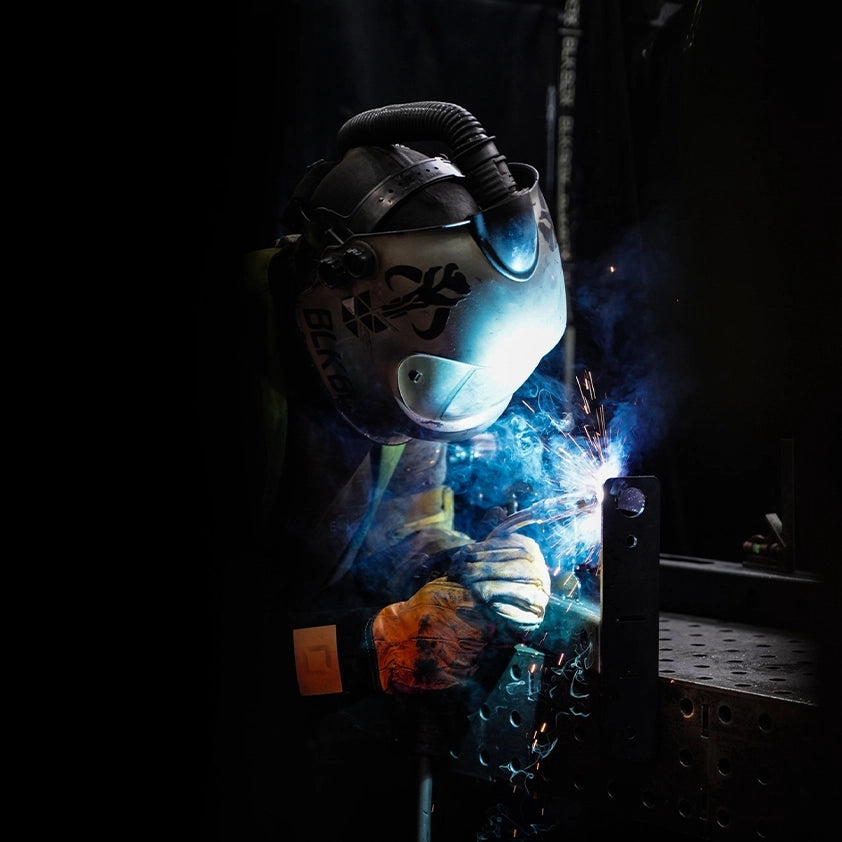Commercial Gym Racks: What to Look for When Outfitting a Facility
 Choosing the right racks for your commercial gym is one of the most important decisions you’ll make during the fit-out process. The right setup not only supports a wide range of training needs - it also reflects your brand, optimises space, and sets the tone for your facility’s long-term success.
Choosing the right racks for your commercial gym is one of the most important decisions you’ll make during the fit-out process. The right setup not only supports a wide range of training needs - it also reflects your brand, optimises space, and sets the tone for your facility’s long-term success.
Here’s what to consider when selecting commercial-grade gym racks for your training space.
1. Build Quality & Materials
Commercial gym racks need to withstand heavy, repeated use every day. Prioritise racks made from high-grade steel (minimum 60x60mm box section) with laser-cut components and powder-coated finishes for long-term durability and aesthetics.
- 70x70mm and 80x80mm steel offer increased rigidity for heavy lifters and large group sessions.
- Powder coating protects against wear and corrosion — look for textured options to enhance grip.
- M20 hardware is standard for heavy-duty commercial applications.
2. Stability & Safety
Commercial environments demand racks that stay firmly in place, even under load. Look for racks with a solid footprint and optional floor or wall anchoring if required. Safety attachments like spotting arms or straps are essential for user protection.
- Wide bases improve stability without floor fixing.
- Westside or numbered hole spacing allows for precise bar and attachment positioning.
- Integrated safety systems reduce risk during unsupervised use.
3. Modular & Scalable Design
Flexibility is key in a commercial space. Choose a rack system that can grow with your facility — whether that’s adding new bays, integrating storage, or expanding functionality over time.
- Modular racks can be expanded or reconfigured as needed.
- Attachment compatibility ensures long-term adaptability.
- Cable integration options offer more versatility without adding floor clutter.
4. Training Versatility
Your racks should support a wide range of movements — from strength and Olympic lifts to bodyweight work and functional training.
- Multiple training stations: Half, full, and combo rack options help maximise output per square metre.
- Pull-up bars, dip stations, landmines, and rollers: Expand the range of workouts possible within each bay.
5. Branding & Aesthetics
In today’s competitive market, visual impact matters. A professional-looking gym not only appeals to clients but reinforces your identity as a premium facility.
- Custom colour options help match your brand palette.
- Branded plates and stack guards elevate your equipment presentation.
- Clean finishes and consistent design language enhance the overall aesthetic of your space.
6. Lead Times & Installation Support
Timelines are often tight. When choosing a rack supplier, factor in lead times, availability, and installation resources. Some systems offer quicker turnaround with in-stock models, while others allow for full customisation but may take longer to deliver.
- In-stock rack options are ideal for fast turnarounds or phased installations.
- Digital install guides and video resources make assembly easier for contractors and staff.
7. Attachments & Add-Ons
The right attachments help maximise each rack’s potential. Popular commercial add-ons include:
- Rolling Jammer Arms
- Integrated storage shelves
- Lat Pulldown / Low Row columns
- Wall Ball Targets
- Custom branding panels
Final Thoughts
When investing in commercial gym racks, think beyond the basic frame. You’re building a foundation for years of training — and your choice should reflect the demands of your users, the identity of your space, and your plans for growth.
Focus on quality, functionality, and flexibility — and you’ll build a training environment that stands the test of time.















